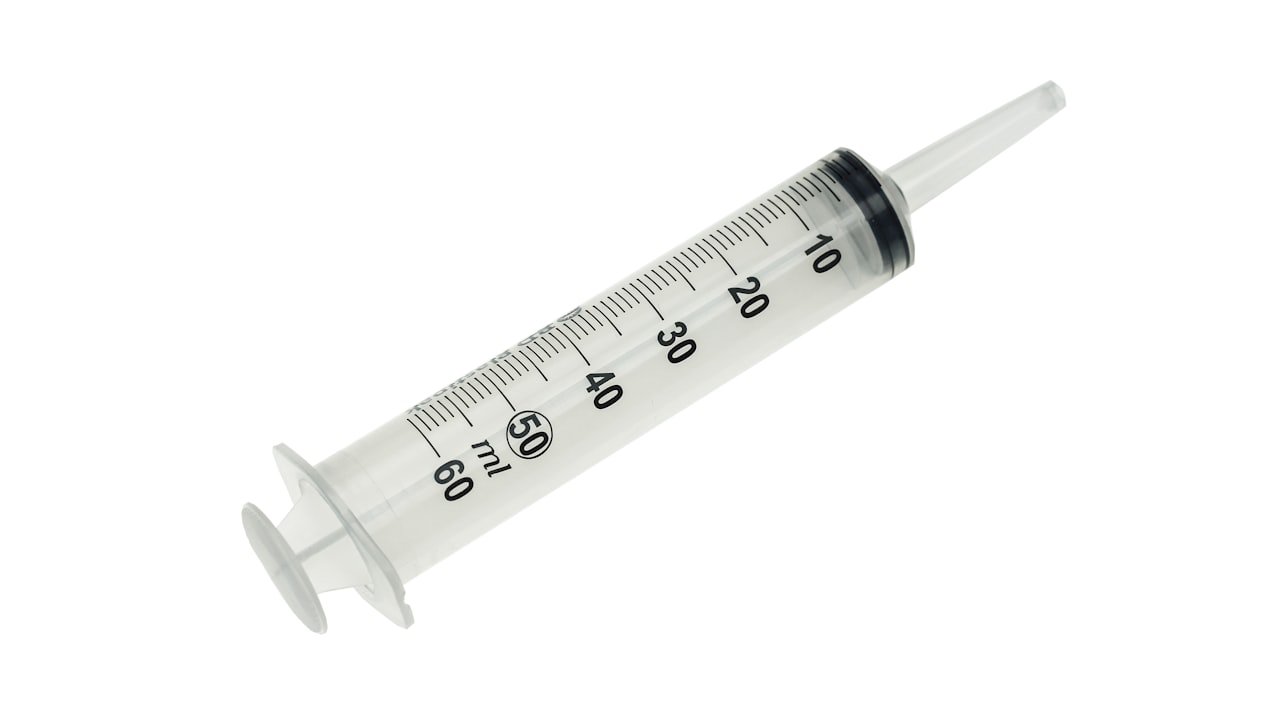Title: Designing High-Quality Injection Molds: Key Considerations and Best Practices
Injection molds play a crucial role in the production of various plastic products, from simple containers to intricate automotive components. To ensure the efficiency and quality of the injection molding process, it is essential to focus on designing high-quality molds that meet specific requirements. This article will explore the key considerations and best practices involved in designing injection molds, highlighting the importance of collaboration with experienced injection mold factories and suppliers.
When designing injection molds, one of the first considerations is the choice of materials. The selection of mold materials should be based on factors such as the type of plastic resin to be used, the expected production volume, and the desired surface finish of the final product. Working closely with an injection mold supplier can help in identifying the most suitable materials that meet these requirements while ensuring durability and longevity.
Another crucial aspect of injection mold design is the cooling system. Efficient cooling is essential for achieving uniform part quality and minimizing cycle times. Designing an effective cooling system involves strategically placing cooling channels within the mold cavity to ensure optimal heat dissipation. Collaboration with an injection mold factory that has expertise in thermal analysis can help in developing a cooling system that enhances productivity and reduces production costs.
In addition to material selection and cooling system design, the overall mold structure and geometry also play a significant role in the injection molding process. Factors such as draft angles, wall thickness, and venting channels can impact the moldability and quality of the final product. By working closely with experienced injection mold manufacturers, designers can optimize the mold design to achieve the desired part specifications while minimizing defects and scrap rates.
Furthermore, incorporating features such as slides, lifters, and inserts can enhance the functionality and complexity of the injection mold. These additional elements allow for the production of more intricate shapes and designs, expanding the capabilities of the injection molding process. Collaboration with an injection mold factory that offers comprehensive design and manufacturing services can help in realizing innovative and cost-effective mold solutions.
In conclusion, designing high-quality injection molds requires a thorough understanding of material properties, cooling systems, mold geometry, and functional features. By collaborating with experienced injection mold factories and suppliers, designers can optimize mold designs to meet specific requirements and achieve superior part quality. By following key considerations and best practices in injection mold design, manufacturers can enhance productivity, reduce production costs, and ensure the success of their injection molding projects.

 Title: Designing Precision Injection Molds for Optimal Plastic Product Manufacturing
Title: Designing Precision Injection Molds for Optimal Plastic Product Manufacturing